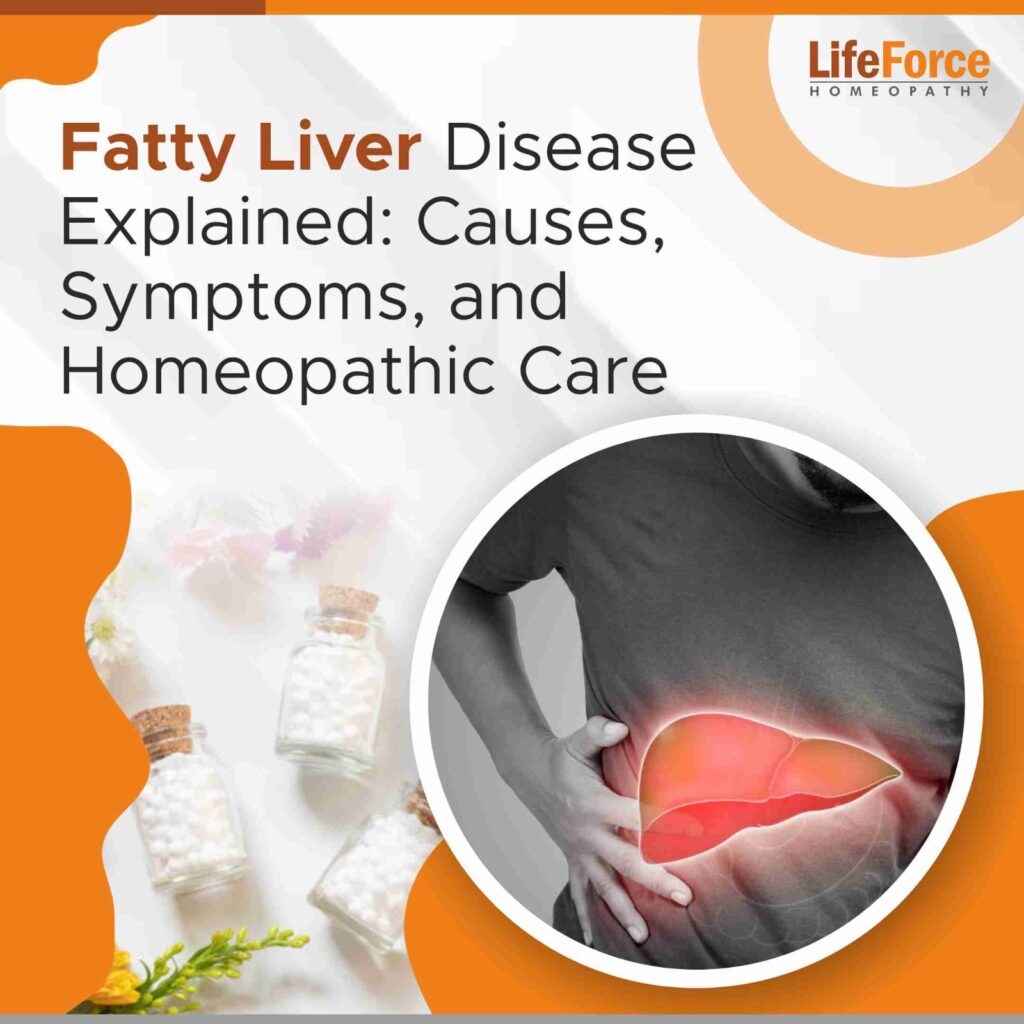Cervical Spondylosis refers to age-related damage to the neck’s spinal discs. It is a condition that affects the neck’s joints, discs, and bones; and, as a person gets older, the condition gets worse. The vertebrae, intervertebral discs, and ligaments in the neck or cervical spine degenerate (wear and tear due to aging) and cause cervical spondylitis. One of the leading causes of cervical spondylitis among young people today is the prolonged use of computers and smartphones.
Other names for cervical spondylitis include cervical osteoarthritis, degenerative osteoarthritis, and neck arthritis. At the base of the skull bone is where the cervical spine begins. Seven vertebrae make up the cervical spine (neck) (bones). These vertebrae are separated by intervertebral discs. A gel-like substance found in intervertebral discs serves as a cushion between the vertebrae. The vertebrae are connected to several muscles and ligaments that aid in the effortless movement of the vertebrae.
Your shoulders, neck, arms, and upper chest are all connected to your spinal cord through nerves that travel through your vertebrae. The cervical spine’s intervertebral discs support the neck and enable the neck’s side-to-side, forward, and backward movements. The cervical spine’s intervertebral discs act as a kind of shock absorber and aid in maintaining good posture. This natural shock absorber gradually starts to deteriorate as you get older.
The intervertebral discs become drier, thinner, and less shock-absorbing in cervical spondylitis. Osteophytes, or bone spurs, form on the margins of the vertebrae. At first, some people may not have any symptoms at all, while others may have neck, shoulder, and hand discomfort and stiffness.
Osteophytes and the inflammation of the ligaments and soft tissues between the vertebrae both contribute to the development of these symptoms. In the future, these modifications may exert pressure on neighboring nerve roots, causing pain, tingling, or numbness in the upper extremities.
The disorder known as cervical spinal stenosis or spinal canal stenosis is brought on by the narrowing of the spinal column (opening where spinal nerves depart) as a result of degenerative changes to the vertebrae, intervertebral discs, and abnormal growth (osteophytes) over time.
Symptoms of Cervical Spondylitis
The most typical cervical spondylitis symptoms are mentioned here:
- Neck or cervical spine discomfort: Many patients report experiencing pain in their wrists, arms, shoulders, and neck. A few patients might experience occipital headaches (the base of the skull). When engaging in certain activities, such as moving the neck, sitting still for an extended period, bending the neck backward, or engaging in shoulder movements, the pain may worsen.
- Stiffness: Along with neck pain, stiffness is one of the common presenting symptoms. After a period of prolonged inactivity, neck stiffness may worsen. Complete neck bending or mobility may be restricted by stiffness. The patient’s everyday routine can be hampered by this.
- Muscle weakness: When lifting or firmly holding an object, one may feel a weakening in their muscles.
- Radiculopathy: Pain that radiates or shoots from the neck or shoulder down the arms, forearms, hands, and fingers might occur due to osteophytes pressing on the nerve root.
- Cervical spondylotic myelopathy: It arises when the spinal canal narrows and pressure builds up on the spinal cord (cervical stenosis) as a result of degenerative changes in cervical spondylitis. The following are signs of cervical spondylosis with myelopathy: Arms, hands, and fingers tingle and feel numb; Lack of coordination; weakness in the hands and fingers; and muscle spasms.
Cervical Spondylitis Diagnosis
- Clinical evaluation
A doctor does clinical evaluation by taking into account the thorough case history and physical examination. A physical examination might look at the cervical spine’s range of motion as well as reflexes, muscular strength, walking, posture, etc.
- Imaging study
Imaging studies support the diagnosis and the course of care.
- An X-ray of the cervical spine can show signs of cervical spondylitis, such as bone spurs, spaces between the vertebrae, the location of the discs, etc.
- Cervical spine CT scan procedures can produce comprehensive images of the vertebrae and intervertebral discs.
- A spine MRI can be used to determine the degree of nerve compression or injury.
- The myelography procedure involves injecting a tracer dye into the spinal canal to obtain fine-grained X-ray or CT imaging.
- Tests for nerve function
- Electromyography counts the electrical activity of the nerves.
- A nerve conduction investigation examines the velocities and intensities of nerve signals.
Homeopathy for Cervical Spondylitis
Homeopathy is strongly advised for the treatment of chronic conditions such as cervical spondylitis. Cervical spondylitis can be treated with homeopathy in a highly effective and side-effect-free manner by using a personalized approach.
The cervical spondylosis homeopathic treatment is personalized for a person. Homeopathic medicine significantly reduces pain and stiffness while also delaying the onset of illness. Other signs, like tingling, numbness, and weakness also get better. The neck’s range of motion steadily gets better.
Homeopathy offers the patient efficient relief from cervical spine pain and stiffness. The disc and ligament irritation reduces with homeopathic medicines. Homeopathy helps increase the mobility of your neck and hand.
The consistent use of homeopathic medications shows improvement in the alleviation of tingling sensation and numbness in patients who have nerve root compression. Because homeopathic medicines provide long relief, they prevent further deterioration. Homeopathy slows the disease’s progression and stops the disc and vertebrae from further degeneration. Homeopathy gradually lessens the need for painkillers. Even when taken for a lengthy period, spondylosis homeopathy treatment is secure, non-toxic, and non-habit-forming.
In the first four to six weeks after treatment for cervical spondylitis, many patients report clinical relief. The length of the spondylitis treatment in homeopathy varies on several variables including the severity and development of the illness: Inflammation, cellular deterioration, the length of the pain, the patient’s age, overall health, and profession & way of life.
If you are thinking of opting for homeopathy for cervical spondylosis treatment, be sure to take treatment from an experienced homeopath. He/she will be able to prescribe you the right homeopathic medicine according to your condition and the severity of your cervical spondylosis. Do keep in mind to not self-prescribe any homeopathic medicine. Homeopathy is an effective treatment for cervical spondylosis and has no side effects.




